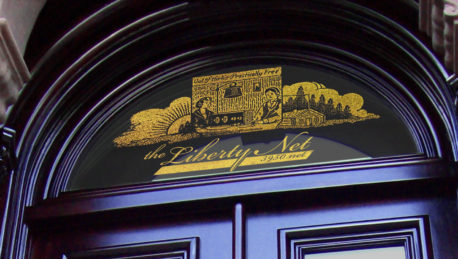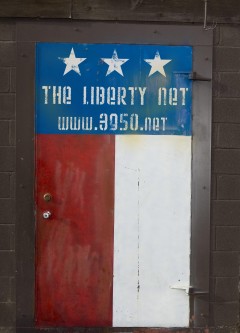AS FALL APPROACHES, the static on 75 meters starts to go down and far-sighted hams start thinking about improving their antenna systems in the cool — but not yet cold — outdoor weather. Falling leaves often signify rising signals!
Listen: Liberty Net 9/10″]
Thanks to Marty, N2IRJ, for filling in as Net Control Station when Vic, W1WCR was attending this year’s Oktoberfest.
Here’s a brief selection taken from among the topics brought up on the net, along with my take on them:
• These days, if you buy a John Deere, an RCA, or sometimes even a Cadillac, you’re just getting a cheaply-made Asian product with a venerable old American nameplate slapped on it just before the inflated price sticker (of about ten times the item’s true value) is attached. In so many ways, America is just a shell of its former self. Soon we won’t be able to pretend anymore. (11 minutes)


